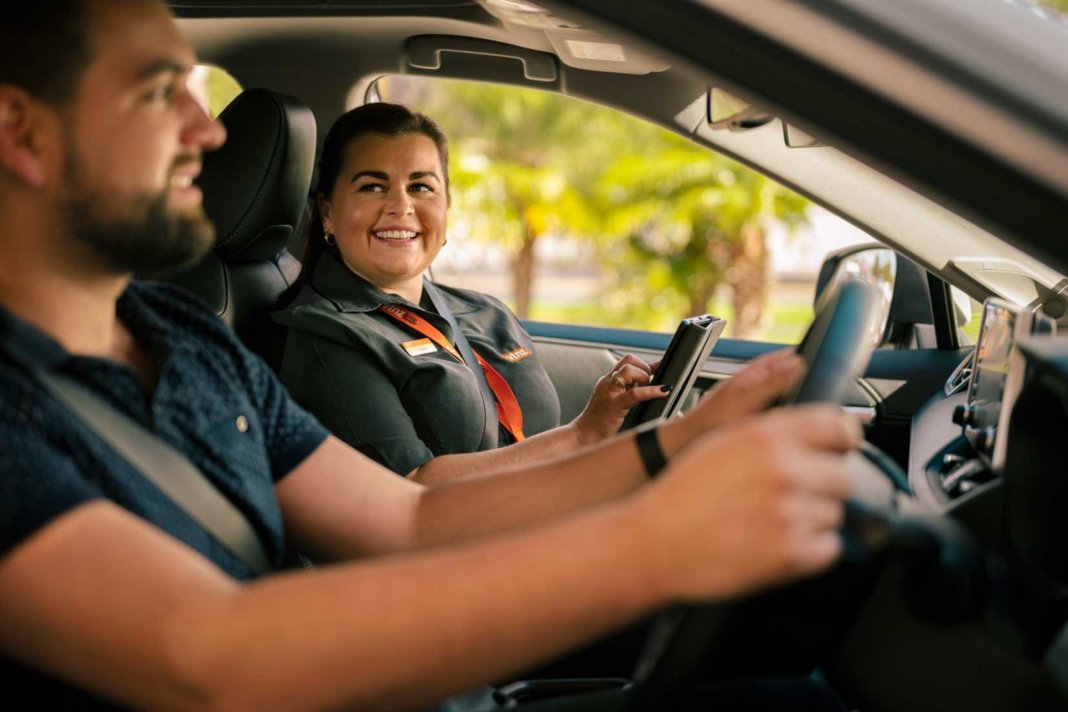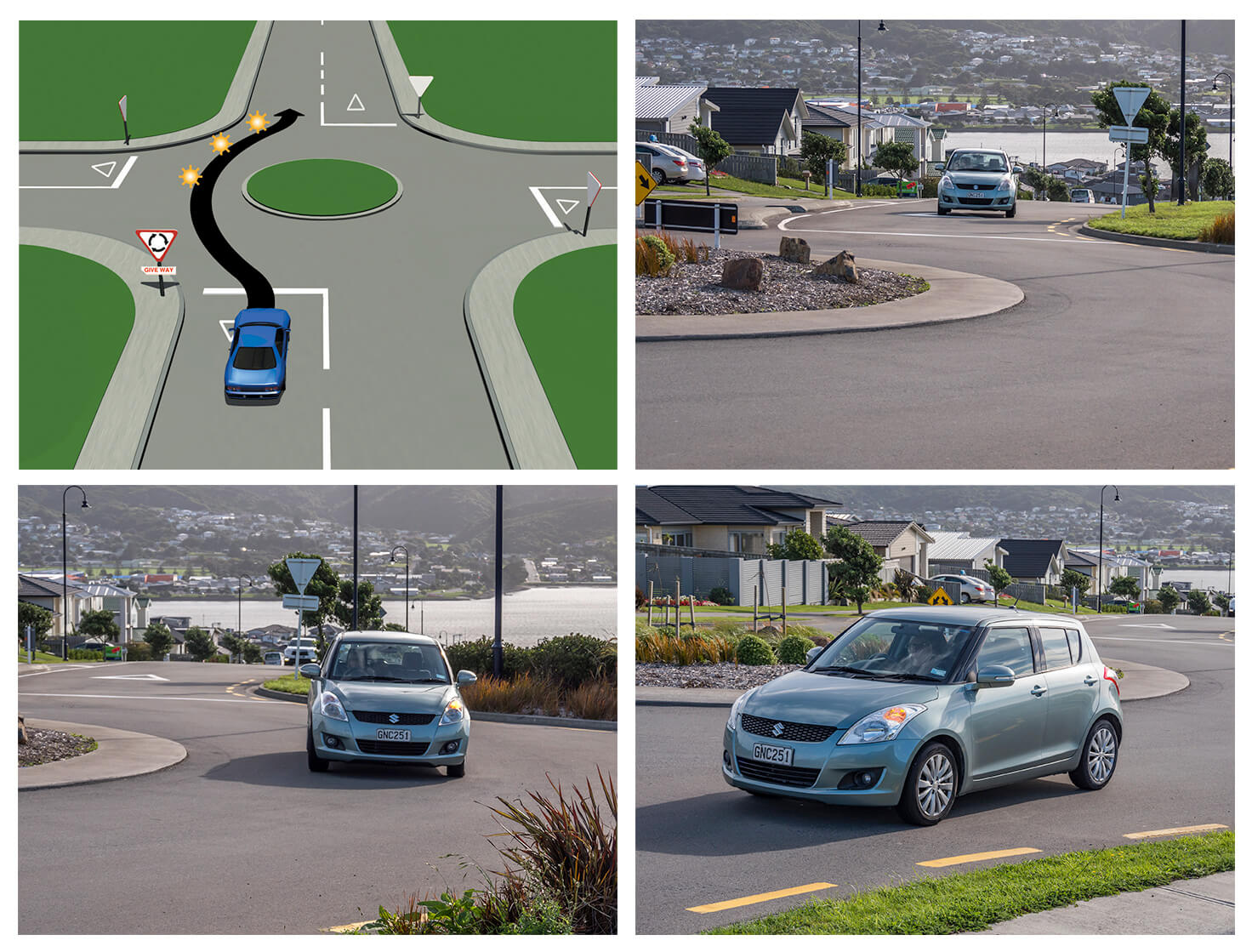Too many times we hear of younger drivers failing their Restricted or Full driving test. Often it’s “the examiner’s fault”, according to some of those who fail. Many times, those who fail have been taught by their parents, and so are taught their parents’ bad driving habits. No one wins in this scenario.
DriveLife teamed up with Colin, a VTNZ Driver Testing Officer (DTO), to give you the lowdown on what you should do, what you absolutely shouldn’t do, and some tips to teach your kids so they don’t just pass the test, but become safer drivers. As an Observer for IAM Roadsmart, by proxy, I end up taking out my daughter’s friends for driving lessons or to check their progress towards getting their Restricted or Full Driver’s Licence. So I’ll have input into this article as well, from that point of view.
Contrary to some opinions, DTOs want people to pass the test. It means that a learner or restricted driver should be at a safe level of driving ability, and everyone wins from that. Colin says he has had days where only 3 out of 10 people passed their test; that’s bad planning on the learner driver’s part and likely poor instruction. DTOs do not fail a driving test candidate, the driver does. The Driver Testing Officer observes the actions and records the result, plain and simple.
We expect there are a lot of parents out there who also could learn a lot from this article. So please, share the link to this article as much as you can. New Zealand could do with a lot safer drivers, whether they are learner or ‘seasoned’ drivers.
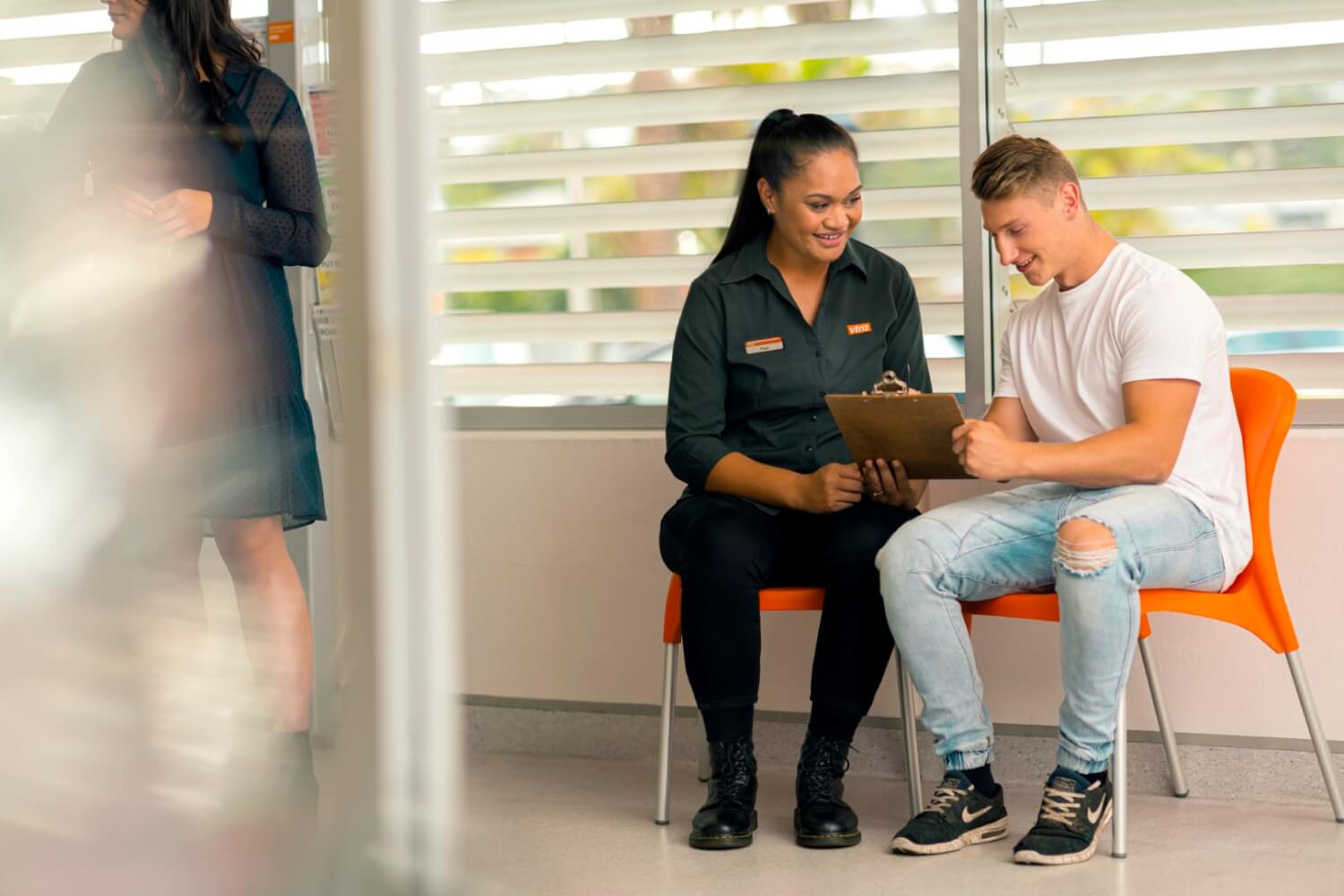
Passing Your Driving Test in New Zealand: How Many Hours Do I Need To Spend Behind The Wheel?
There is no law that says a learner driver must spend a certain amount of hours driving before they can sit their Restricted or Full Licence Test (FLT). In saying that, there are some guidelines around this. An obvious answer is as many hours as possible, but that’s open to interpretation.
Colin suggests that a driver on a Learner’s Licence should spend at least 120 hours behind the wheel, and one moving from a Restricted to a Full licence should have spent about the same amount of time, preferably more, either on their own or with a driver who’s held a full licence for at least two years. The time before a Restricted Driver can go for their full test is 18 months, so they should have comfortably spent 120 hours behind the wheel in that time.
Of course, they can take a defensive driving course, which reduces the 18 months by 6 months before the FLT (for drivers under 25 years. Drivers over 25 years 6 months reduced to 3 months if they complete the course). It is assumed as they have been driving for 18 months or so they will have the necessary skills. The test for full licence also includes a requirement to identify and deal with hazards, but only insofar as they are moving and a potential risk.
This time period is all subjective, however. Some drivers learn faster than others, and a driver needs to show confidence as part of their driving test – Restricted or Full. While showing confidence in your driving isn’t a legal requirement, your DTO is going to pick up a lack of confidence, and know that you simply haven’t spent enough time behind the wheel before your test. That isn’t going to work in your favour.
If your child is on a Learner or Restricted licence and you are going anywhere with them, make them drive – every time. This is especially important on the open road and/or motorways. They may be apprehensive about going on the motorway, but here’s the thing; they are better off getting their first, early experiences on a motorway with you beside them. This is a far better situation than simply getting their Restricted licence and then being legally able to drive on the motorway potentially with no experience at all.
Currently, either test has very little motorway driving included, and most have no open road driving as part of the test. Because of the traffic and road layout, the motorway part of the Wellington city test is around 400 metres long, and that’s it. Unfortunately, the test in many centres is at a maximum speed of 60kp/h and sometimes 80kp/h (other VTNZ sites are up to 100kp/h).
Your child needs to learn from you when out driving, especially on the motorway. And please people, keep in mind the first rule of the road: Keep Left. If you aren’t passing anyone on the motorway, get into the left-hand lane. It’s that simple. It doesn’t matter if there’s no one behind you, or what speed you are doing. Keep left. If you make it a habit, it will become a natural manoeuvre.
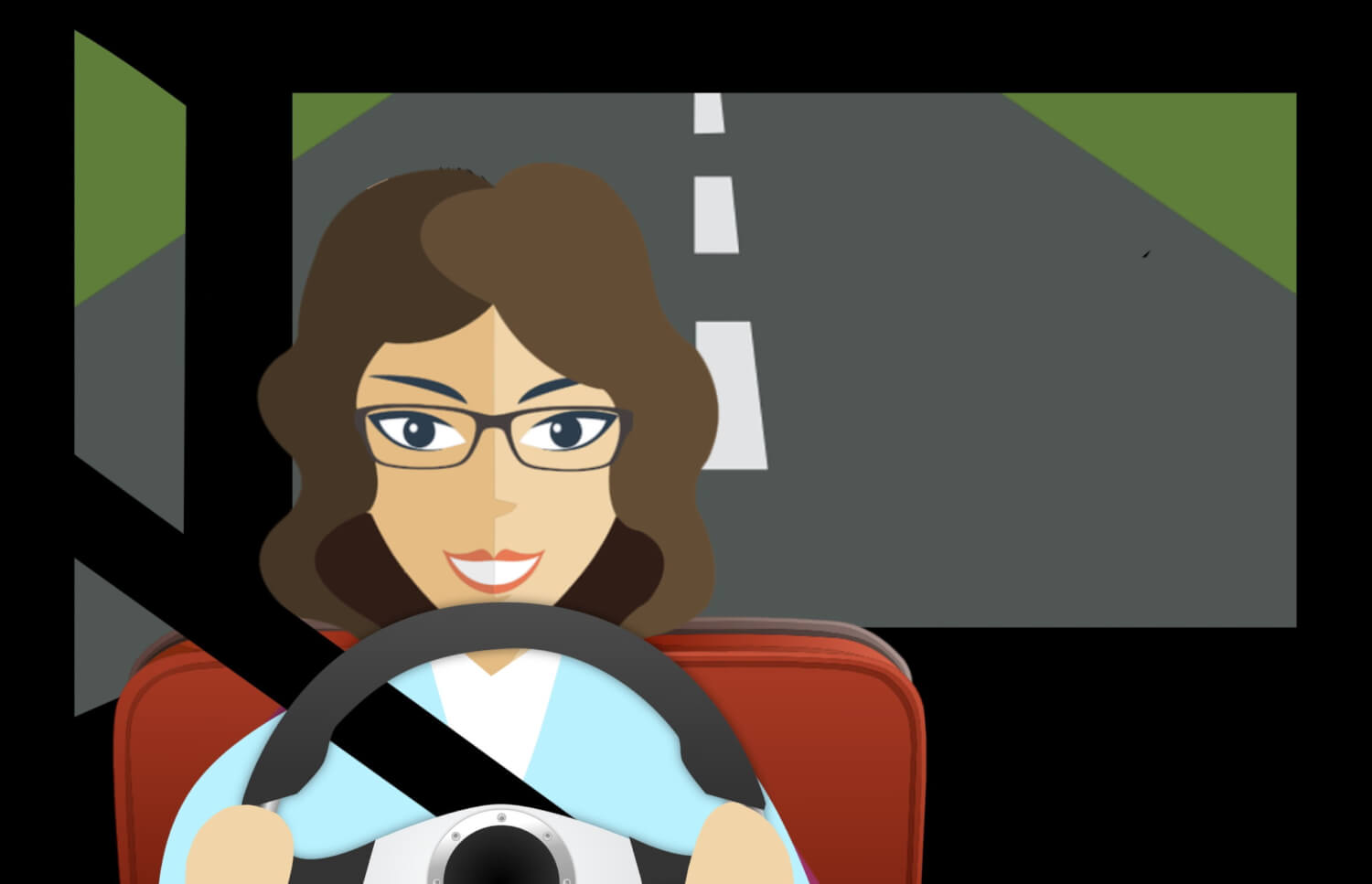
Passing Your Driving Test in New Zealand: Are there Quotas?
There’s a story out there that a certain number of people must fail their test, so even a good learner driver may not pass because of this. Myth, truth, or even partially true?
According to Colin, that’s absolutely a NO, this is not true. There is no quota. If a driver meets the criteria they pass. If they fail to meet the criteria they fail. Pretty simple stuff, so let’s put this myth to bed.
Drivers would be surprised at the number of times they actually get away with not having a Critical Error (CE) scored. Be thankful, and lift your game to pass the test the first time.
Passing Your Driving Test in New Zealand: Should I Get Professional Driving Lessons?
Just watch any roundabout to get the answer here; how many drivers actually indicate correctly? Very few, and the ones that don’t are your mum or dad. They’ve forgotten the road rules or most likely, when the rules around indicating at a roundabout changed in 2005, they simply assumed you no longer need to indicate if going straight ahead, but this isn’t true. Remember the Golden Rule from our “So you think you can Drive? – The Mystery of the Roundabout” article – always indicate your exit.
By law, in New Zealand a driver must indicate if they intend to deviate more than the width of a vehicle, even if there is no one there to receive the information. So turning, overtaking etc all must have a signal – except where the signal could be misunderstood.
We’ve deviated here, but what we’re saying is, yes – 100% get professional lessons. There are many to choose from and if you aren’t sure which driving instructor is right for you, ask someone you know who has recently used one for a recommendation.
Ideally, you’d only use a professional driving instructor to get your child up to speed with getting their licence, but of course that comes at a cost. The ideal plan would be to use a professional driving instructor say once a week or two, and in between you take them out for experience behind the wheel. Professional instruction should be an essential part of driver training, and not just one or two lessons.
This is your child’s life on the line here, as well as other road users. It’s a small investment in your child’s safety.
Passing Your Driving Test in New Zealand: Do I Actually Need To Buy A Copy Of The Road Code?
Here is a situation I’ve seen so many times: A learner driver downloads the AA app on their phone, and then passes the Learner Driver test. Too easy, and they decide they don’t need a copy of the Road Code to pass the test after all. Then I ask them about some aspects of driving and they will have no idea because they haven’t read the Road Code.
All learner drivers should have a copy; buy one, borrow one. There is so much information on how to be safer on the roads in the Road Code. Let’s be clear here; the Road Code isn’t law. It’s how the NZTA and Police would like us to drive on the roads, although much of the Road Code is based on law. For that reason, it contains so much information that has the potential to save your child’s life. Please – buy a current copy, and make sure they read it cover to cover. More than once would be great.
And while we’re on the subject of the Road Code, ALL PARENTS should also read it. I know that everyone picks up bad driving habits during their lives (I see this every single day) and what better way to show your son/daughter that you are never too old to learn by reading it as well. Do spot tests and ask each other questions. Get someone else to ask questions from the Road Code, and make it competitive; whoever gets the most answers right gets a prize (pizza night!).
Reading and understanding the Road Code is essential to modern driving. All your driving will be better, safer and more enjoyable if you know the rules.
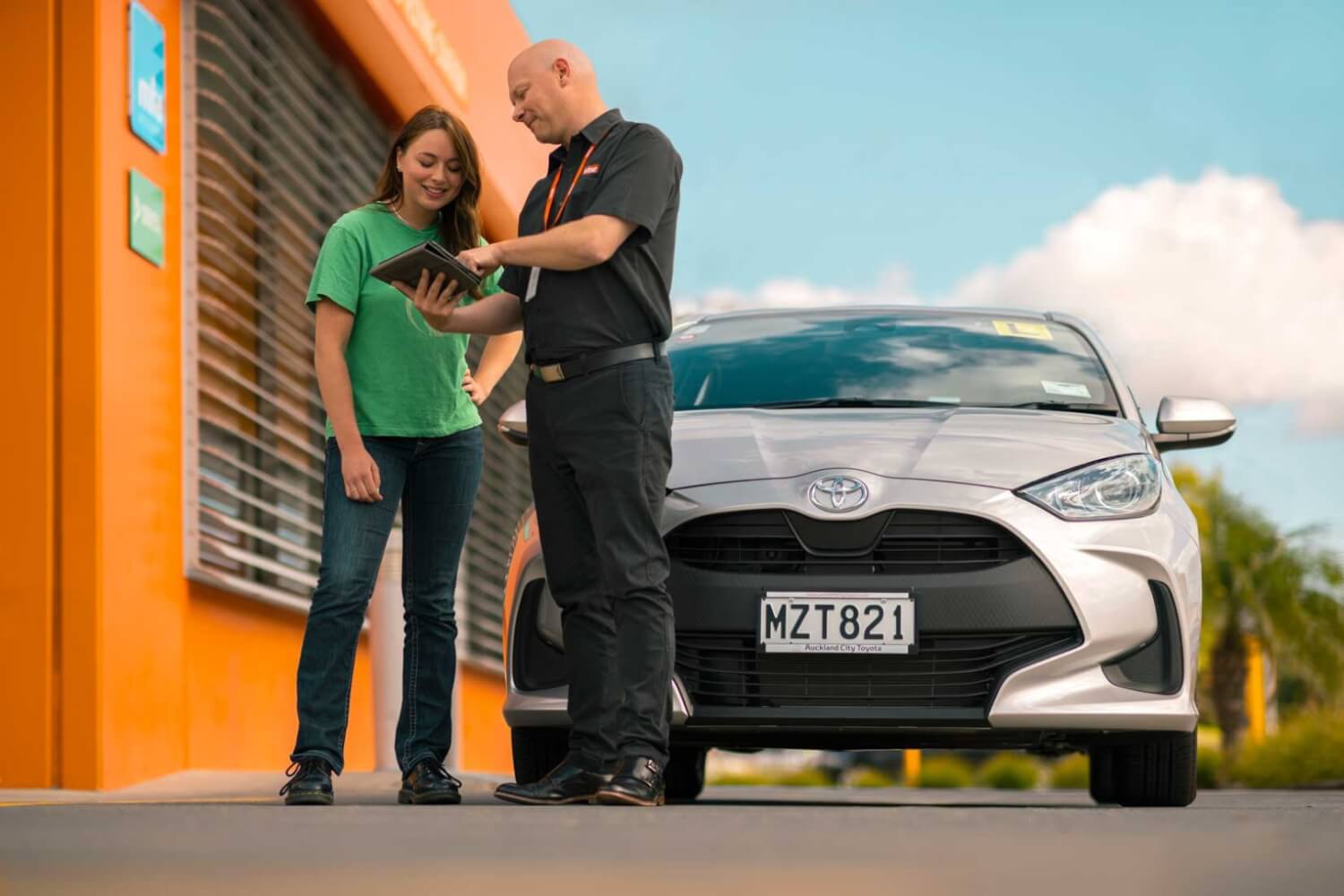
Passing Your Driving Test In New Zealand: Full Licence Test Commentary
This component of the Full Driving Test scares a lot of younger drivers. For your full test, you will have to give a spoken commentary to the DTO to show that you are at a driving level where you are looking for and reacting to potential (and real) hazards, where necessary. While the parallel parking test is not done for a Full Licence Test, you must do a verbal commentary instead.
Practise this every time you go out, verbally identify real or potential hazards, but don’t overthink it. Many DTOs see drivers freaking out about the verbal commentary, but it shouldn’t be hard.
The simple thing to keep in mind here is that a hazard is anything that is moving or which might move and poses a clear and direct threat to you in carrying out the driving manoeuvre. If you, as the driver, can point these out, then you should pass this part of the test.
Hazards include:
- Pedestrians (from the left, right or ahead)
- Other motor vehicles (from the left, right, ahead, behind or oncoming)
- Other road users such as cyclists (to the left, right, ahead or behind, or oncoming).
After you have described each hazard and its direction from you, you are also required to tell the DTO what actions you are taking in response to each identified hazard, for example, when turning right at an intersection facing a Give Way sign, you might say ‘there is a car coming from the left; I am giving way to it.’ Or when driving straight you might say ‘there are oncoming vehicles; I am keeping left.’
Passing Your Driving Test in New Zealand: Taking A Support Person With You On Your Test – Good Idea?
There are many people who don’t realise you can take a support person with you for your Restricted or Full driving test.
Support person? Why would you need one? You are presenting for a driving test where if successful, you are asking to be allowed to drive on your own, and some learner drivers prefer the comfort of someone familiar in the backseat while they do the test.
Support people must be over 20 years old, must not talk or otherwise communicate with the driver or DTO, and must not use their phone or record the test and in any way interfere with the test. You can only take one person with you on your test. Obviously, if the car is a two-seater, you aren’t going to be able to take a support person.
Colin says that from experience they know that parents (especially) are not going to be able to keep quiet when their little one is under stress. This can lead to confrontations over matters of opinion with the DTO, who is after all just doing his/her job. Parents find it difficult to know the rules and how much driving tests have changed since their own test, maybe 20-30 years ago.
Bottom line? You are welcome to bring a support person/parent, but they need to be silent.
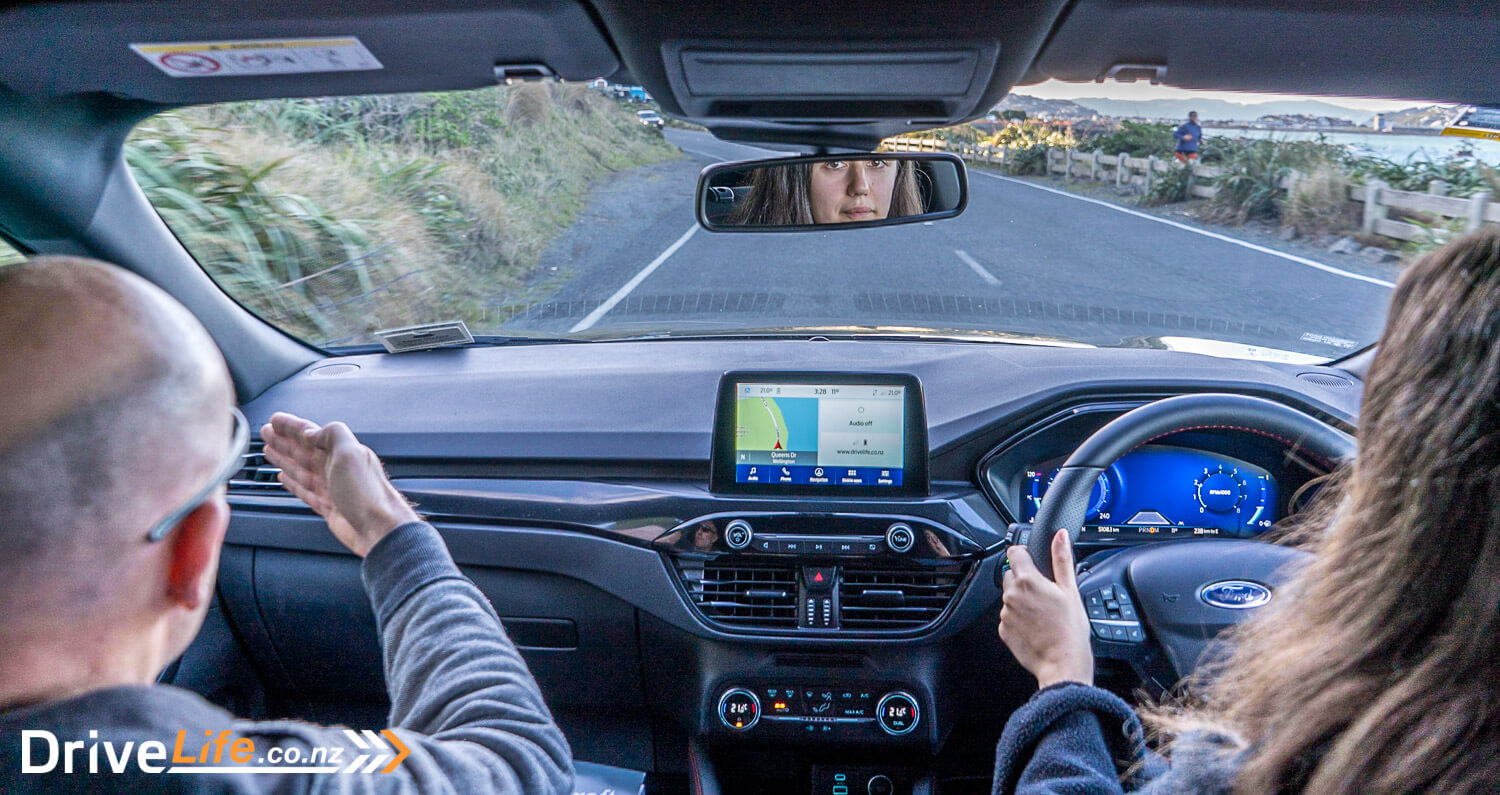
Passing Your Driving Test In New Zealand: The Process When You Arrive For Your Test
The test appointment asks people to be at the test centre about 30 minutes before test time, to allow admin process, i.e. form filling for new licence groups if not already done, and to allow time to make sure the car is up to scratch. The DTO will check your brake lights (don’t forget that if fitted, the high-level brake is a WoF requirement), indicators, also head and tail lights if the weather or conditions require it, and will ask the driver to sound the horn. A cursory check of the general condition of the car and tyres to ensure everything is legal and safe. It is not unusual to have cars turn up with one or more bald tyres; Colin’s worst one had 4 bald tyres (as in, really bald with the cord showing).
With regards to your brake lights, taillights, headlights and indicators – simply get someone to help you test these at least the day before the test, if not earlier. Do you want to fail your test before it starts because one of your lights is out? Also, make sure you have enough fuel for the test! DTOs regularly have people turning up for the test with the low fuel light on, and that’s a no-go.
The test applicant will be allowed 5 minutes after the appointed time to get the car fixed or arrange a replacement if nearby, but after 5 minutes the test will be cancelled and a new booking will have to be made at the driver’s own cost. Driving test bookings are back to back so one late test impacts every other test for the officer for that day. It is not fair to the next person to be late starting the test. We all know how stressful the thought of taking the test is.
The key here is making sure your car is legal, gassed up and ready before your appointment day, following the guidelines just given. Otherwise, you’ve wasted everyone’s time, and foregone the cost of the test. Having your car in a reasonably clean state inside is also going to make for a more pleasant experience.
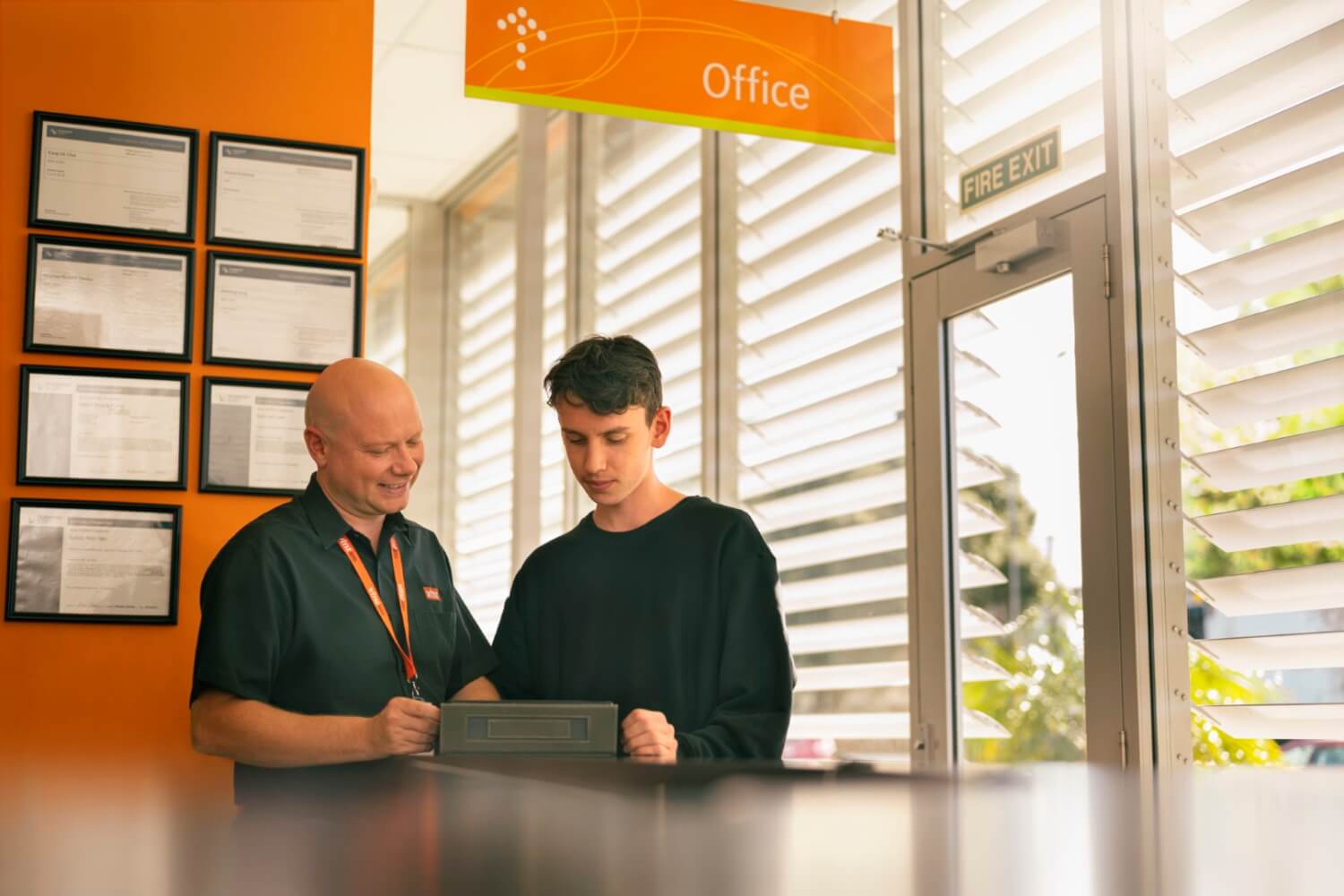
Once in the car, the testing officer will ask you to demonstrate how to turn on both front and rear windscreen demisting devices, if necessary, or you might just be asked to point them out. This will be followed by a pre-drive briefing telling you what is expected and what is your responsibility. You will then be given the opportunity to ask questions to clarify anything. If you ask questions about the road code or aspects of the test and traffic law, the DTO is unlikely to be able to answer.
You will also be told that during the test the officer may not be able to talk to you as they have to observe and make notes where necessary. However, it is not a hard and fast rule. Some DTOs will chat away if asked, but the obvious danger is distraction and if you make a mistake is it your fault or the officer distracted you? If you are successful, at the end of the test you will get a debrief on stuff you need to work on and a huge sigh of relief on your part that it is over.
If unsuccessful, the test will be cut short at the point where the IFE or cumulative CEs take place. The DTO will not discuss the test until back at the test centre, to minimise distractions on the return.
A Restricted Driving Test should take around one hour, taking into account the admin side of it, and the car checks. A normal test route will be around 40-50 minutes.
A Full Licence Test should take around 30 minutes including admin, with at least around 20 minutes of driving time. Both of these times can alter depending on traffic at the time.
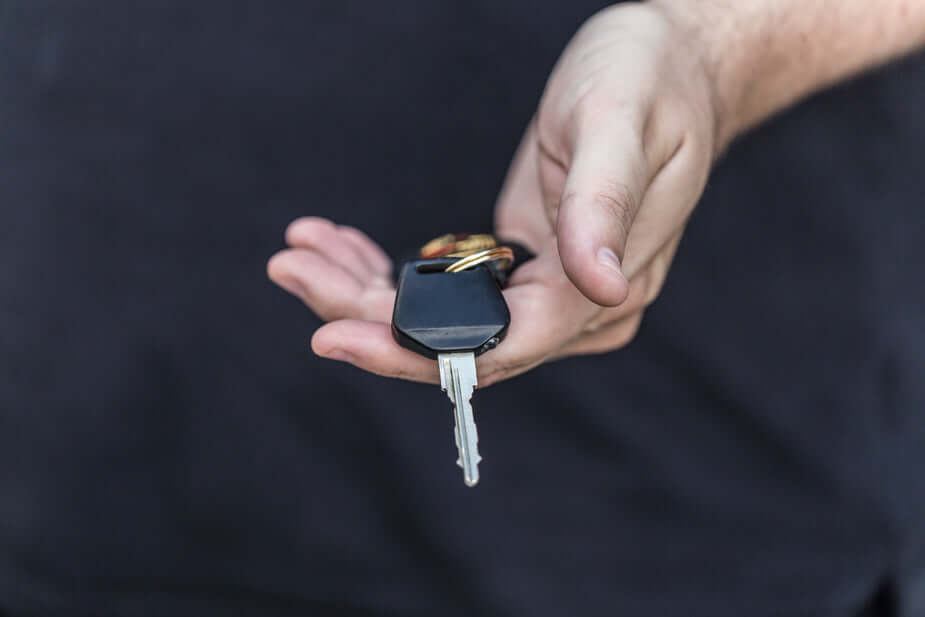
Passing Your Driving Test In New Zealand: Why Do People Fail?
During the test, you are allowed up to 2 critical errors (CE). On the 3rd critical error, it’s a fail. There are also Immediate Fail Errors (IFE), explained below.
The test is divided into:
Stage 1 is slow speed stuff, observation and slow speed manoeuvres. You are allowed 1 CE in this stage. The test is further divided into tasks each one getting a point or losing a point with a maximum score being 17 or 18 depending on reversing (i.e. parallel parking), or a three-point turn. If you lose 5 or 6 points you could fail on points.
Providing you score enough points and score no more than 1 Critical Error you proceed to;
Stage 2 where you are allowed 2 critical errors (including one from Stage 1), with the third recorded as an Immediate Fail. Again the test is divided into tasks and is scored.
If the driver makes an Immediate Fail Error they have failed instantly and would be instructed to return to the start point.
What makes up a Critical Error?
Remember you are allowed up to 2 Critical Errors. Critical errors include:
- Driving too slow (10kph or more under the limit with following traffic [always subject to weather and traffic conditions], or remains stationary for no reason)
- Driving too fast (less than 5 seconds and between 5kp/h and 9kp/h over the posted limit; over 5 seconds or more than 10kp/h is an Immediate Fail)
- Failing to look (mirror and head check) This normally applies when moving across a flush median to turn right, or cycle lane, bus lane, to turn or pass another vehicle or changing lanes, merging etc. The head check is vital as the last line of defence when changing lanes and not taking out a motorcycle for example.
This includes any test routes that go over a railway crossing. You must look both ways (why wouldn’t you?) otherwise this will be regarded as a CE. - Failing to signal; In New Zealand, a driver must signal if he/she deviates more than the width of a car, turns left or right, negotiates a roundabout, overtakes any vehicle, moves into a flush median, cycle lane, bus lane or even partially into those lanes. The exception would be if the signal could be misinterpreted, e.g. giving a signal to pass a vehicle that is turning right at a crossroad, when another driver may think you are actually turning left. But a head and mirror check is an absolute must.
- Incomplete stop at stop sign; A rolling stop is not a stop. On the restricted test, a CE is awarded for an incomplete stop (the wheels do not completely stop). On the Full Licence test, it is an immediate fail. However, on restricted tests, the roll through when no real attempt to stop is made will be an IFE.
- Blocking a pedestrian crossing; Moving in a line of traffic and stops on rather prior to a crossing. If people are forced to walk around then it becomes an IFE due to the dangerous position.
- Mounting a kerb (during reverse parallel park exercise or three-point turn) Mounting a kerb during normal driving will be marked as a collision and IFE.
- Stalling the vehicle (manual gearbox)
- Other illegal action – must be an illegal action such as; Following distance is between 1-2 seconds (or less than 4 seconds in adverse weather conditions, or towing)
- Driving in a special vehicle lane bus or cycle, hard shoulder etc. Driving more than 50 metres in a bus or cycle lane prior to turning.
- Fails to give way to a pedestrian obviously waiting to cross at a pedestrian crossing (but not on the crossing)
- The applicant drives over part of the central island of a roundabout designed to be driven over only by heavy vehicles
- Lane position; crosses the yellow line where it is illegal, Turns right without using flush median in effect turning from the wrong lane
- Goes straight ahead at a left/right turn lane.
The NZTA has the list of Critical Errors here.
What is an Immediate Fail?
Immediate failure errors include:
- Testing Officer intervention (verbal, or physical – e.g. having to grab the steering wheel)
- Failing to carry out instruction (e.g. candidate told to change lanes but is unable to do so from lack of confidence or ability)
- Collision
- Failing to give way
- Excessive speed (more than 5 seconds at 5kp/h [and under 10kp/h], or more than 10kp/h for any length of time)
- Stopping in a dangerous position
- Failing to stop at a stop sign or red or amber traffic signal.
- Other dangerous actions (such as driver blocking a junction/intersection, or stopping in yellow box area. i.e. outside fire stations)
Passing Your Driving Test in New Zealand: Parallel Parking
Lots of people ask questions about every learner driver’s nightmare: parallel parking.
You are only tested for parallel parking if you are going for your Restricted Licence. Questions often include:
- What happens if I hit the kerb?
Touching the kerb will be marked as a “No” for task completion (parallel parking) and not a CE. But if the car does mount the kerb during a parallel park, then this would be recorded as a CE. However, if they hit the kerb with some force causing the car to lurch violently that would be a collision, e.g. dragging a tyre around a corner because the driver misjudged it. - Is mounting the kerb the same as touching it with a tyre?
See above answer - How many goes do I get? Colin says you get just one shot at parallel parking, so remember to practise this a lot. Some DTOs may allow you to have a second chance at this.
- How far out from the kerb can I park? Within 300mm and 1-2 metres from the car in front.
- Do I have to park exactly parallel? Not exactly, but Colin uses the non-technical term here and says it needs to be “parallel park-ish”.
The key here is to practise parallel parking as much as you can. I’ve seen so many learner drivers that leave this until the month before their test, expecting/hoping they will learn it. Again, the key is to practise parallel parking. That means every time you go out for a drive, parallel park at least once. Don’t leave it until the last day/week/month before your test, and hope for the best. The AA has an excellent parallel parking video on YouTube; watch it and learn, then practise the hell out of it.
Parallel parking is a prime example of practise making perfect. The more you practice, the easier it is.
Passing Your Driving Test In New Zealand: The Biggest Causes
So, what is the main reason people are failing the Restricted or Full driving test? According to Colin, the top three reasons are:
RESTRICTED TEST FAILURES
1: Accumulation of Critical Errors
2: Speed
3: Lack of observation (mirrors and head checks, already explained under Failing to look)
FULL TEST FAILURES
1: Accumulation of Critical Errors (2 for FLT)
2: Speed/Failing to stop at a Stop sign
3: Lack of observation (mirrors and head checks, already explained under Failing to look)
It’s easy to see a pattern here. Speeding during your test, surely not? But it’s true, so mind your speed, learner drivers.
So many learner (and seasoned) drivers simply do not check their mirrors enough. To be a safe driver, you need to know what’s happening all around you; the only way to do this is to use all your mirrors, and observe what’s happening right in front of your car, as well as far ahead of your car. Remember what the Road Code says: every change of speed or direction, check your mirrors.
Passing Your Driving Test In New Zealand: Other Reasons People Fail
There are lots of different reasons that learner drivers fail their test, other than the main ones listed above. Of course, they all fall within the CE and IFE lists above, but to give you a practical idea of common mistakes:
- Accelerating too soon for a raised speed limit or slowing too late for a lower limit, subject to speed rules above
- Not making observations prior to reverse and forcing another vehicle to take evasive action
- Losing control while turning too fast
- Failing to observe a temporary speed limit
- Not stopping at an amber light if possible, or not stopping for a red traffic light
- Taking too long to take a gap. On a 50kp/h road, the vehicle covers the ground at around 13 metres a second so a gap of 10 seconds is 130+ metres (the length of a rugby pitch and some more). The average turn takes 3 to 5 seconds depending on different circumstances so the rest of the time is wasted. You will be allowed a 5 seconds gap after the clock starts ticking (always subject to conditions) that is over 70 metres.
- Bald tyres
- Faulty brake lights or indicators
- Turning up late (you can be no more than 5 minutes late)
Passing Your Driving Test in New Zealand: Key Takeaways
To summarise this is difficult, as it is different for everyone. Some learner drivers will only be getting professional driving lessons, and that’s great. Others will simply not have the funds to do this, and that’s understandable.
To wrap it up for everyone – but take the bits that are relevant to you – here are the main points you need to consider:
- Get a copy of the Road Code and read it 3 or 4 times
- If you can, get regular, professional lessons
- As a learner driver, whenever you are going somewhere with your folks, you drive
- Practise parallel parking every drive
- When going for your test, make sure your car is legal, clean inside – and be on time
- Don’t speed during your test! For our DTO, this is the biggest single cause of drivers failing.
- Check your mirrors for every change of speed or direction
Passing Your Driving Test in New Zealand: Resources
Here is an excellent YouTube playlist by driving101.co.nz.
Passing Your Driving Test in New Zealand: A Final Note
Finally a plea from Colin: If you are unsuccessful, it is not personal, and you have not been singled out. Do not abuse the officer, do not shout and swear at the officer, do not assault the officer, do not abuse staff at the test centre. Any of those things (which happen far too often) could get you banned from the test site or arrested and prosecuted.
It’s just a test. The sun will still come up tomorrow. Take on board where you failed, improve your driving, and re-sit the test.
Feature image photo credit: VTNZ


